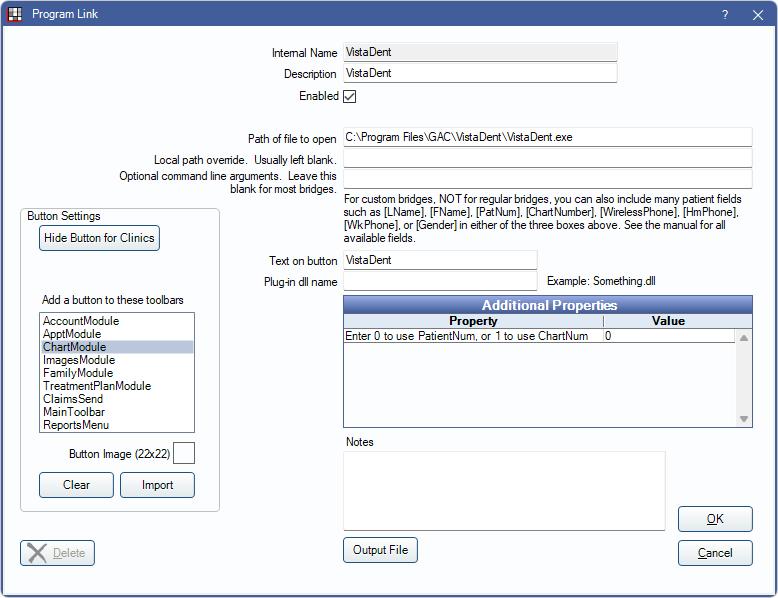
GAC VISTADENT SOFTWARE SOFTWARE
In the 1980s, computer-generated line drawings of the profile based on hard tissue changes became possible by the mid-1990s, treatment simulation software allowing the incorporation of a patient’s photographic likeness was offered commercially.Īt present, several software systems allow clinicians to manipulate digital representations of hard and soft tissue profile tracings and subsequently morph the pretreatment image to produce a treatment simulation. In the 1970s, clinicians used cut-and-paste profile tracings of patient photographs, which were neither realistic nor accurate. It is difficult, if not impossible, to impart the facial appearance changes that will result from orthognathic surgery without visual aids. To obtain true informed consent in orthognathic surgery, the orthodontist and the oral-maxillofacial surgeon must effectively explain possible treatment outcomes to the patient. Users concerned with operating system compatibility and practice management integration might want to consider Dolphin Imaging and Quick Ceph, the programs comprising the second tier. Performance and ease of use, cost, compatibility, and other features such as image and practice management tools are all important considerations.

Although the results show differences in simulation ability, selecting a software package depends on many factors. Retouching had little impact on the scores for the other programs. It also scored best (2.26) when the retouched images were compared, but the scores for Dolphin Imaging (2.83) and Quick Ceph (3.03) improved.
GAC VISTADENT SOFTWARE PLUS
For the default and retouched images, Dentofacial Planner Plus was judged the best default simulation 79% and 59% of the time, respectively, and its default images received the best (lowest) mean score (2.46) on the 6-point scale. Three panels (orthodontists, oral-maxillofacial surgeons, and laypersons) judged the default images and the retouched simulations by ranking the simulations in side-by-side comparisons and by rating each simulation relative to the actual outcome on a 6-point scale. Five programs-Dentofacial Planner Plus, Dolphin Imaging, Orthoplan, Quick Ceph Image, and Vistadent-were evaluated, by using both the default result and a refined result created with each program’s enhancement tools. Factors such as digital software failures, patient individual aspects and radiographic standardization problems may be involved in the computerized prediction process.To investigate perceived differences in the ability of current software to simulate the actual outcome of orthognathic surgery, we chose 10 difficult test cases with vertical discrepancies and “retreated” them using the actual surgical changes.

Conclusions: Statistically significant differences in the cephalometric analysis were more frequently observed on the vertical plane. Nasolabial and mentolabial prediction angles were more acute than those of the final tracings.

Results: Cephalometric points of the predictions showed variability in comparison to the posttreatment points, but 60% of errors were less than 2mm and only 17% were greater than 3mm. Cephalometric errors were cathegorized in a frequency distribution. Means, standard deviations, maximum and minimum values were obtained and a Student t test was used to verify significant differences in the total sample and in AP and V groups. This cephalometric analysis was applied to the total sample and to groups with maxillary impaction or downgraft (V) or without surgeries in the vertical plane (AP). Points of prediction's soft tissue line were compared with those of the final tracing on the horizontal and vertical planes. Cephalometric profile predictions were obtained from hard tissue movements on the preoperative tracings. Methods: Preoperative and posttreatment lateral cephalograms of 32 patients (24 females and 8 males) were used.

Objectives: The purpose of this study was to verify the precision of a video imaging software (Vistadent / GAC Intl.) on the soft tissue profile prediction of patients who underwent different types of orthognatic surgery.


 0 kommentar(er)
0 kommentar(er)
